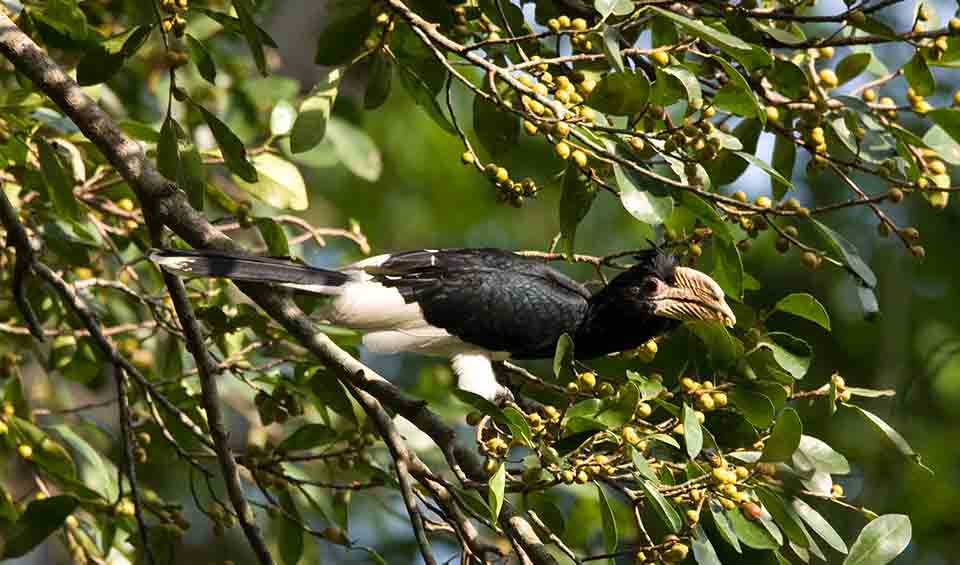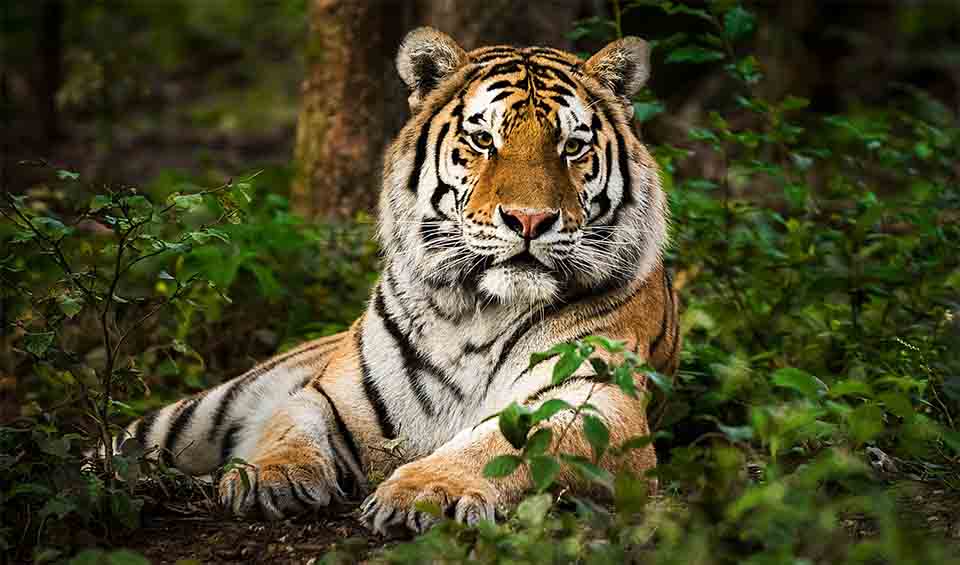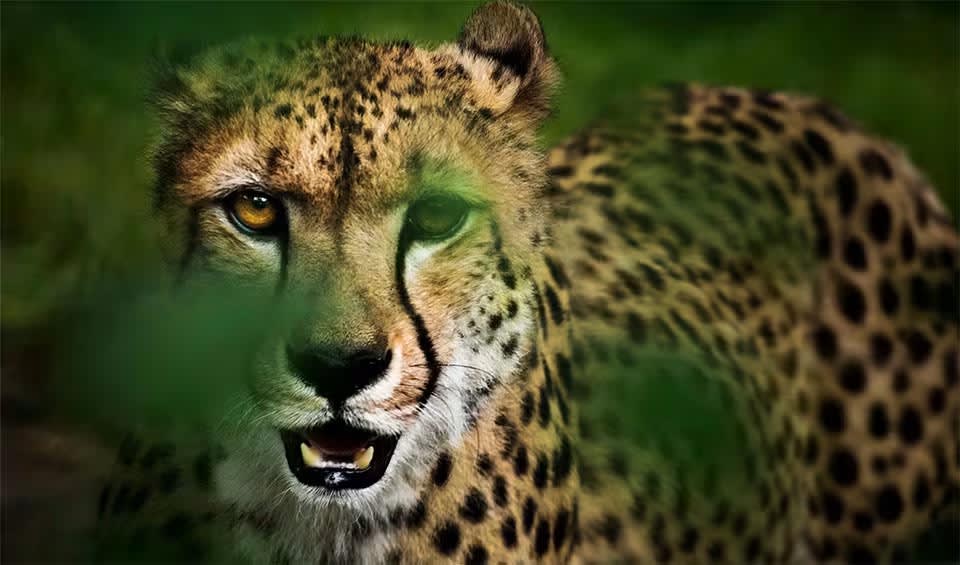One of the more modestly sized members of the hornbill family, but it’s no less fascinating than its larger cousins. Found mainly in the lowland rainforests of West and Central Africa. The “piping” sound it makes is musical and often echoes through the forest canopy, especially in the early morning. Unlike the massive, heavy-looking hornbills that dominate the treetops in some parts of Africa and Asia, the Piping hornbill is slim and sleek, making it much more agile as it hops and glides between branches.
One of the most recognizable features of any hornbill is its bill, and the Piping hornbill is no exception. It has a long, slightly curved bill topped with a casque, a hollow structure that sits on top like a helmet. In this species, the casque is relatively small and subtle compared to those of larger hornbills, but it still adds to the bird’s unique profile. The bill itself is pale yellow or ivory-colored, which stands out against its mostly black body and white belly and wing patches. The eyes are surrounded by bare skin, and the tail feathers often show a white tip—adding a bit of flash when the bird is in flight.
Piping hornbills are highly social birds, often seen in small groups as they travel through the forest in search of fruit, their favorite food. Figs, in particular, are a staple in their diet, but they’ll also eat insects and small animals when the opportunity arises. Their feeding behavior is fun to watch—they’ll toss fruits into the air and catch them in midair with impressive precision. Their strong, curved bills aren’t just for show; they’re built to pick and process food with ease. When feeding in groups, Piping hornbills can be noisy and active, creating a lively presence in the otherwise quiet forest.
Distribution
 Benin
Benin Côte D’ivoire
Côte D’ivoire Ghana
Ghana Guinea-Bissau
Guinea-Bissau Guinea
Guinea Liberia
Liberia Mali
Mali Nigeria
Nigeria Senegal
Senegal Sierra Leone
Sierra Leone Togo
TogoAnything we've missed?
Help us improve this page by suggesting edits. Glory never dies!
Suggest an editGet to know me
Terrestrial / Aquatic
Altricial / Precocial
Polygamous / Monogamous
Dimorphic (size) / Monomorphic
Active: Diurnal / Nocturnal
Social behavior: Solitary / Pack / Herd
Diet: Carnivore / Frugivore / Omnivore / Piscivorous / Insectivore
Migratory: Yes / No
Domesticated: Yes / No
Dangerous: Yes / No




